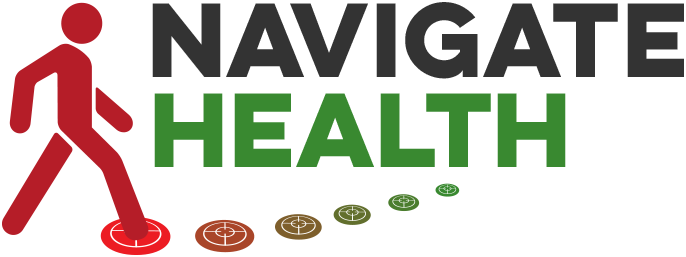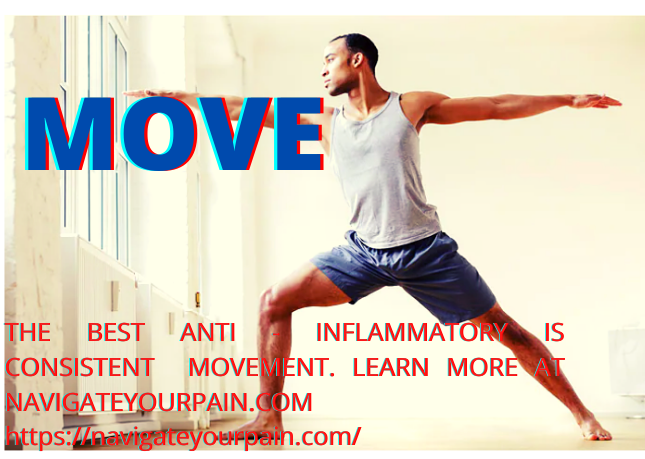Part 2: Why Lack of Movement Can Be a Real Pain
By Megan Doyle, MS, OTR/L, FPS, Cert-APHPT
Occupational Therapist, Fellow of Pain Science,
and Certified Applied Prevention Health Promotion Therapist
And Stephanie Wakeman, PT, DPT, Cert-APHPT
Certified Applied Prevention Health Promotion Therapist
Good Hurt? Delayed Onset Muscle Soreness
Delayed Onset Muscle Soreness or DOMS is a normal phenomenon of exercise that is experienced by both novice and seasoned athletes. DOMS is a tenderness, tightness or soreness in the muscle that usually occurs about 24 hours after exercise and lasts up to 72 hours. There are different theories about the cause of DOMS, but it’s most likely a combination of the following factors:
1: Increased Lactic acid AND other metabolic waste products. (It seems that although some inflammation is present, the inflammation is a response to the chemical irritants generated by muscle metabolism) (6)
2: Microtears in the muscle and connective tissue.(1,2)
3: Different levels of enzymes in the fluid surrounding the muscle cells. (1,2)
4: Muscle spasms (1)
Different types of exercise can induce different levels of soreness. Doing a new exercise that works a weak muscle, eccentric exercise that imposes muscle contraction during a lengthening phase, and high intensity workouts have a greater probability of inducing DOMS. The good news is that the more you do the offending exercise, the more your body adapts to it and DOMS will no longer occur with that specific activity unless you make it harder.
Managing DOMS and Building Up Fitness
What are the best ways to manage DOMS? DOMS really cannot be avoided indefinitely. To gain strength and endurance we need to push ourselves and our muscles to fatigue and that process is a catalyst for DOMS. This is why exercise is so hard and why some people avoid it all together. However, DOMS does not (and should not) have to be debilitating. Exercising smarter is a good way to reduce the probability of DOMS and managing it when it comes. Some tips to decreasing the frequency and intensity of DOMS are:
1: Break up your exercise by body parts; Upper body one day, lower body next day, then an active rest day consisting of an easy walk, swim, bike ride or yoga. Then repeat the sequence. (1)
2: Stay hydrated with water + electrolytes by drinking coconut water, Smart water, or a low sugar sports drink. Water alone does not offer the same protection as water with electrolytes. (5)
3: Wearing compression garments after exercise; (3,4)
Although no one is immune from muscle soreness, you can ease into a new activity and decrease the intensity of a sore muscle. If you are new to exercise, or it’s been a long time since you had regular physical activity, then start with 15 minutes of exercise 3-4 days a week and add 5 minutes to your physical activity each week. So week 1 start with 15 minutes 4x/week and week 2 starts with 20 minutes 4x/week and so on.
If you have a regular practice and want to amp up the intensity by adding increased time or increased weight, a general rule of thumb is to increase weight by 1-2 lbs for arms or 3-5 lbs for legs (7) and increase your intensity minutes using the aforementioned formula.
No one said exercise was easy, but the benefits certainly outweigh the risks! Regular physical activity decreases overall inflammation in the body, decreases mortality, improves sleep, decreases chronicity and sensitivity of pain (7), improves your baseline energy and you may even lose weight.
Thanks for reading! Now go forth and try out some of these strategies to increase your physical activity and unleash the healing potential inside of yourself! If you want to dive deeper into how you can safely and effectively either begin or advance your current physical activity levels, and are concerned about risk of pain onset, reach out to any of our Navigate Pain rehab professionals. We can provide you with further personalized recommendations, a customized plan and follow up support to get you on the right path to an exercise routine that is right for you.
Part 2 References:
- Cheung K, Hume P, Maxwell L. Delayed onset muscle soreness : treatment strategies and performance factors. Sports Med. 2003;33(2):145-64. doi: 10.2165/00007256-200333020-00005. PMID: 12617692.
- Lewis PB, Ruby D, Bush-Joseph CA. Muscle soreness and delayed-onset muscle soreness. Clin Sports Med. 2012 Apr;31(2):255-62. doi: 10.1016/j.csm.2011.09.009. Epub 2011 Nov 23. PMID: 22341015.
- Goto K, Morishima T. Compression garment promotes muscular strength recovery after resistance exercise. Med Sci Sports Exerc. 2014;46:2265–2270. [PubMed] [Google Scholar]
- Kim, J., Kim, J., & Lee, J. (2017). Effect of compression garments on delayed-onset muscle soreness and blood inflammatory markers after eccentric exercise : a randomized controlled trial. 13(5), 541–545.
- Lau, W. Y., Kato, H., & Nosaka, K. (2019). Water intake after dehydration makes muscles more susceptible to cramp but electrolytes reverse that effect. 1–6. https://doi.org/10.1136/bmjsem-2018-000478
- Ingram, Paul (2019) A Deep Dive Into Delayed Onset Muscle Soreness. Pain Science https://www.painscience.com/articles/delayed-onset-muscle-soreness.php
- Belavy, D. L., J. Van Oosterwijck, M. Clarkson, E. Dhondt, N. L. Mundell, C. Miller and P. J. Owen. N. Pain sensitivity is reduced by exercise training: Evidence from a systematic review and meta-analysis Neuroscience & Biobehavioral Review Volume 120, January 2021, Pages 100-108



